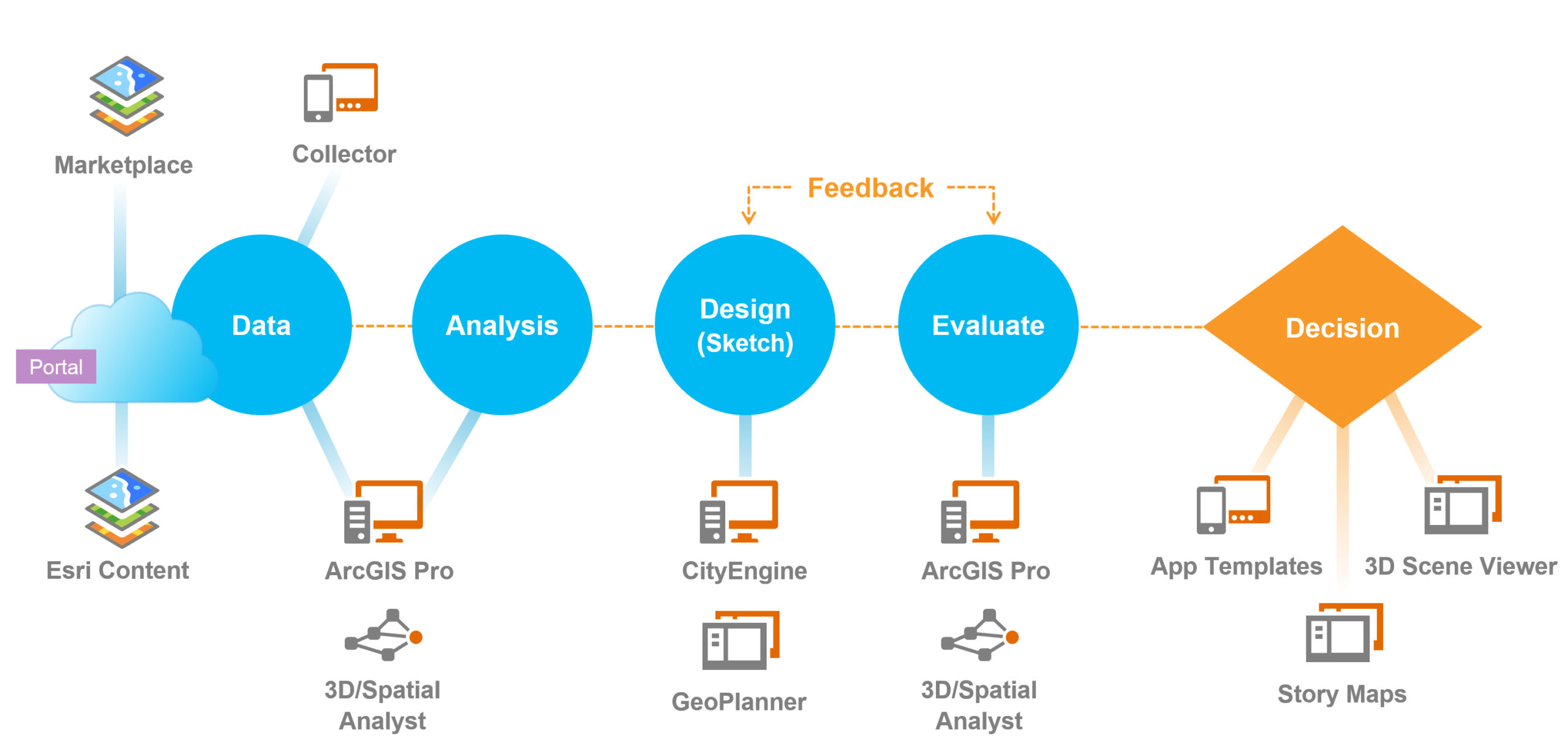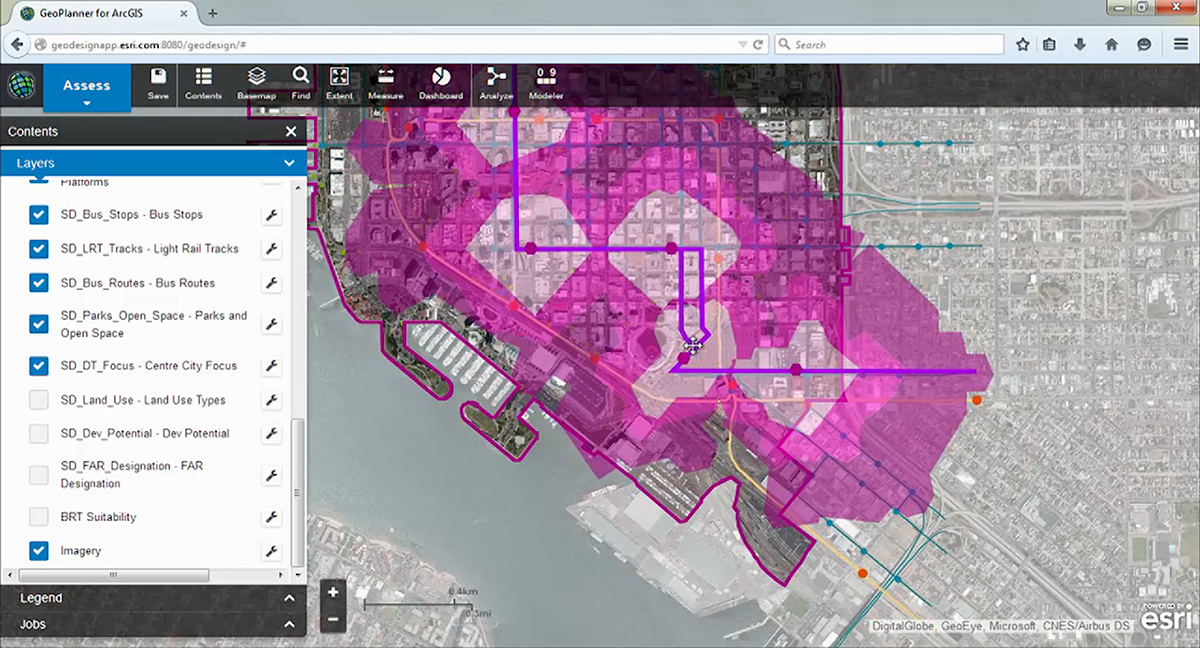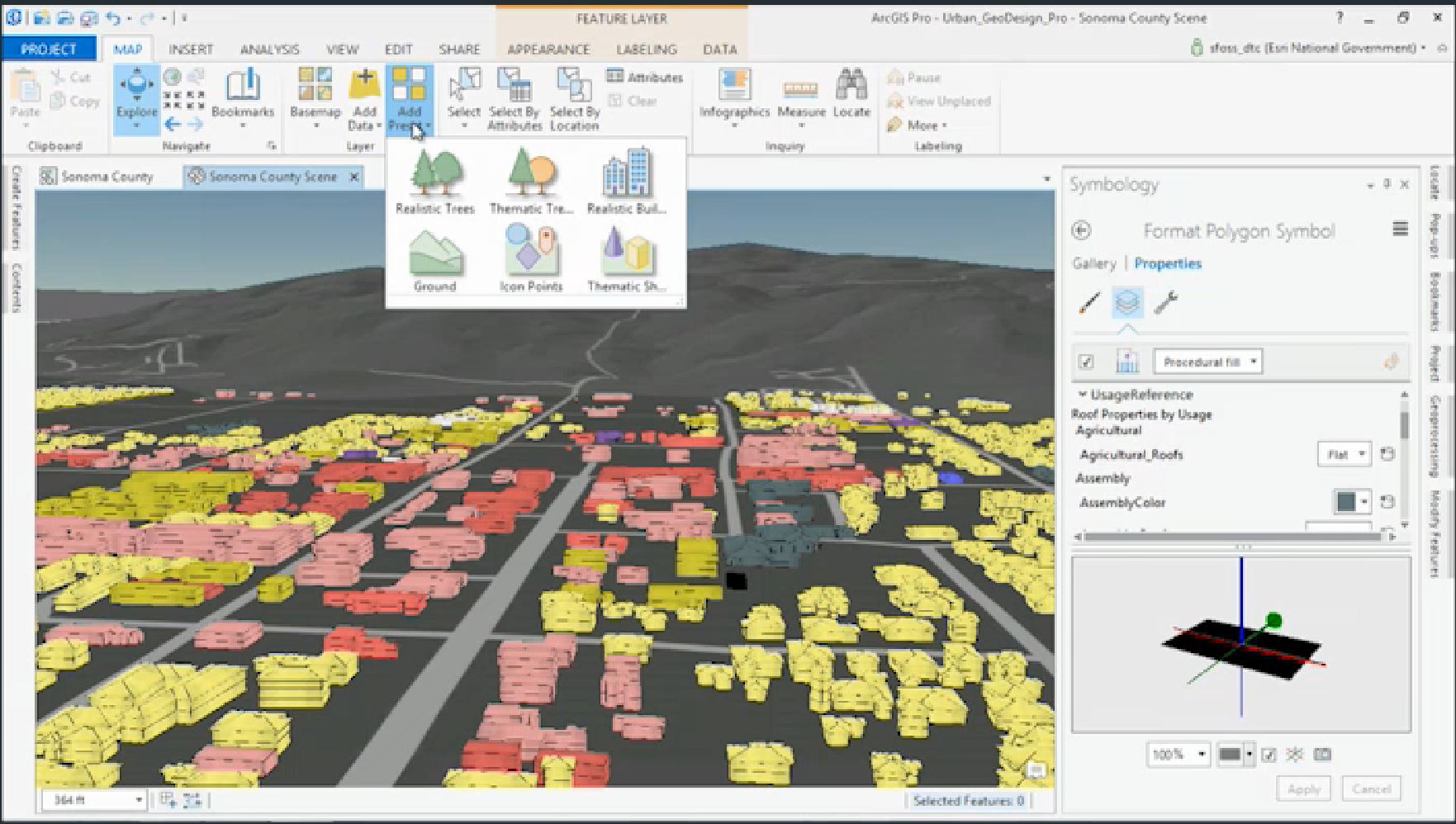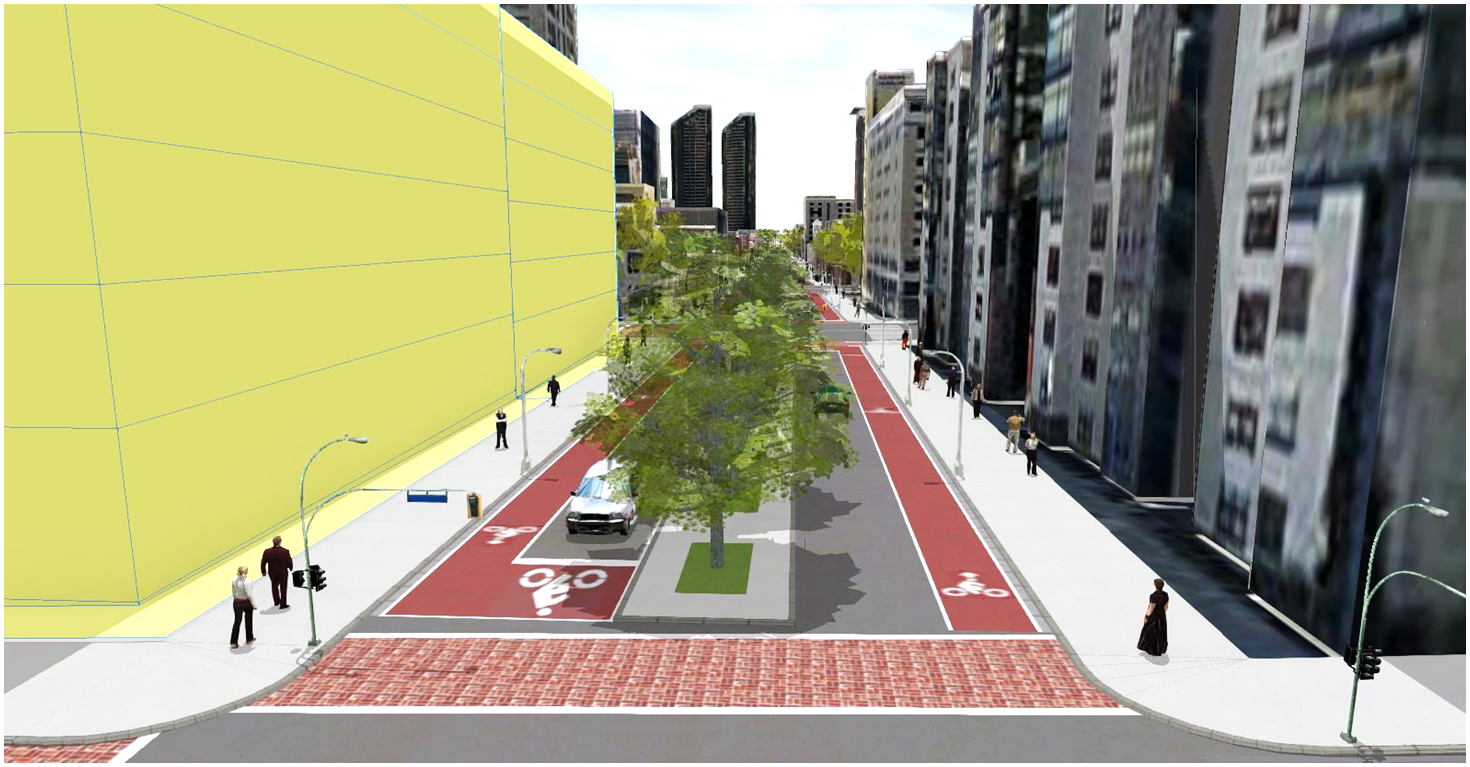
Why Uber, Facebook, German Car Companies & Others want to acquire HERE
Unless you were in GeoNews hiberation mode, Nokia’s plan to sell its mapping company HERE shouldn’t come as a surprise. Several companies including Uber, German car manufacturers together with Baidu, Facebook, Microsoft, Amazon, Apple are reportedly interested in acquiring HERE, Nokia’s mapping company and the reason seems rather obvious – they want the maps for their own services.
It isn’t just about the data. HERE is a technology company that has the technology for producing HD maps for self-driving cars, augmented reality apps, indoor maps besides having a great maps database.
Some of the companies in that list might want to use HERE maps in their platform as an alternative to Google Maps type services i.e. navigation and location based services, others in that list are probably more interested in using HERE’s expertise as a mapping company for Autonomous Cars. (Related: HERE’s Automated Driving Project).
Uber: Maps for its app and for Self-driving cars
Uber is a Spatial Computing company. Think about it! Location information plays an important role in everything that Uber does – Taxi App, Meal delivery and tomorrow, Self-driving cars.
Maps are at the core of Uber’s business and it is no secret that Uber wants to develop its own self-driving cars and had announced a partnership with Carnegie Mellon university, earlier this year for developing self-driving car tech. HERE’s expertise with HD mapping could come in handy for the self-driving cars project.
Besides, HERE’s maps also have a more immediate use case for Uber, if it wants to reduce its dependency on other map providers for location information. With UberEats, Uber has most certainly showed that it does not wish to limit itself to Taxi rides alone. HERE acquisition would not only would help provide the location information to Uber, maybe it will open the door for other Location Based Service applications as well.
Facebook: Location Based ads + Augmented reality
Facebook’s interest in HERE, is perhaps the most exciting prospect for some (including myself) as it is not really that clear what really Facebook plans to do with HERE’s location data.
Sure, Facebook just started using HERE maps on its mobile apps and maybe wants to ensure that it has its own maps database but could that be the only reason behind the interest? Facebook has a nag of acquiring the right companies at the right moment and it recently unveiled an in-app search feature that could have Google worried, so maybe it plans to get into the Location Based Services industry as well? The more I think about it the more exciting it sounds. Facebook’s primary source of income is ads and if there is money to be made with location based ads, who better to leverage that than Facebook. In addition, it would be interesting to see if Oculus can work some magic together with HERE’s City Lens.
All said, it is still not clear whether Facebook did in fact bid for HERE (or for that matter, Amazon).
German Car manufacturers & Baidu
It seems that the German Car manufactures – BMW, Audi and Mercedes-Benz together with Chinese mapping giant Baidu are wary of relying on map data and technology from Google, who’s self-driving aspirations are in direct competition to the interests of the car manufacturers. Baidu is reportedly also working on its own self-driving car tech as well. Besides, Baidu entered into a partnership with HERE for global maps and surely doesn’t want to lose out on an opportunity to become a global player for maps.
Google, Apple and Microsoft
I guess Aleks’ observation in his post “Nokia wants to sell its mapping division here” captures it perfectly.
Google doesn’t need HERE’s mapping data as it has built its own spatial database over the years. Apple has a long-term contract with TomTom migrating to a new data provider would create a huge mess which Apple surely wants to avoid. Microsoft might seem like the obvious potential buyer, as it already bought a big chunk of Nokia’s business but previous reports claimed Nokia also wanted Microsoft to buy the HERE division as part of the original Nokia deal, but the Redmondians declined.
Why hasn’t the tech industry looked at OpenStreetMap as a viable alternative?
Even before the speculation around HERE’s new owner, there are really only three major sources of global mapping, location and geospatial data: NAVTEQ in their current HERE incarnation, TeleAtlas under the mantle of TomTom, and … OpenStreetMap.
When — rather than if — HERE changes ownership, there’s a very real risk than the new owners will turn the data flow and services built on that data inwards, for their own use and their use only, leaving just two major global maps sources.
Surely now is the moment for OpenStreetMap to accelerate adoption, usage and uptake? But why hasn’t this already happened? Why hasn’t the geospatial world run lovingly into OSM’s arms? – Gary Gale – “Dear OSM, it’s time to get your finger out”
In addition to OSM’s licensing owes, it is important to note that crowd sourcing may not be the best option for producing HD maps for self-driving cars.
When is the acquisition getting finalized?
Reports indicate that Nokia is looking to finalize the bid for HERE by the end of this month, so it is definitely going to be interesting to see who walks with away with all the maps 😉









